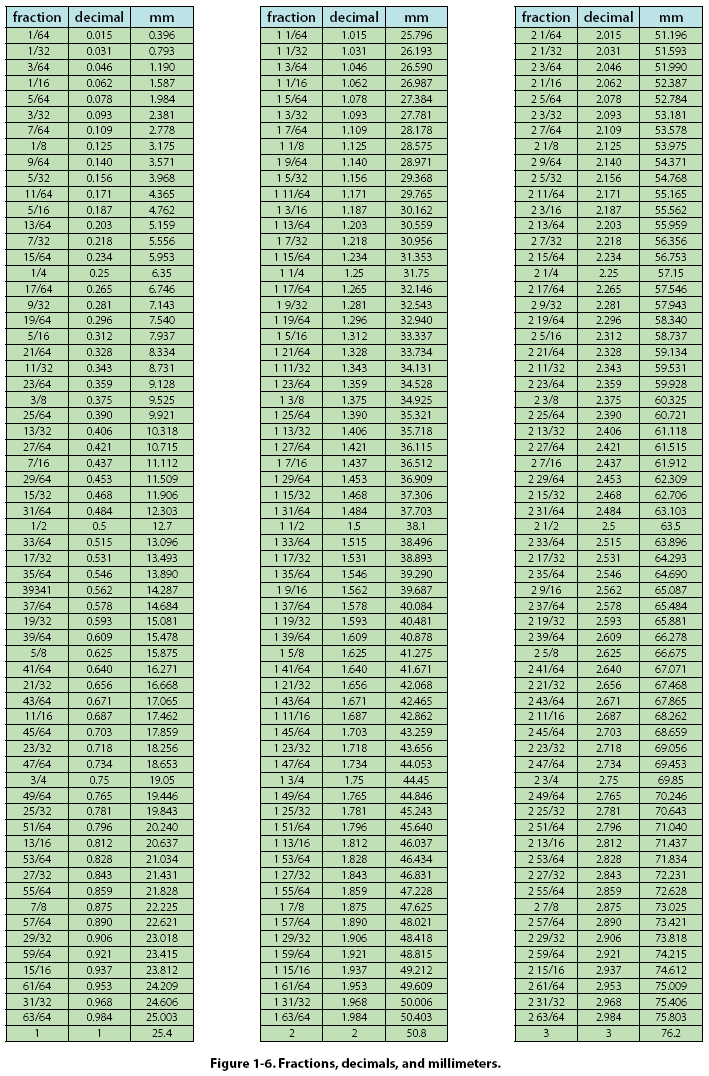

(a) Calculate the volume in milliliters to the correct significant figures given V = π r 2 h for a cylinder.ġ) The key to solving part (a) is to remember that cm 3 and mL are the same volume, so 1 cm 3 = 1 mL. The two length conversions could be combined (1 km = 10 5 cm) and the two time conversions could be combined (1 hr = 3600 s).Įxample #3: Convert 6.43 g/mL to its equivalent in kg/L.Ħ.43 g/mL x (1 kg/1000 g) = 0.00643 kg/mLĬomment: teachers like to ask this question on the test.Įxample #4: A cylindrical piece of metal is 4.50 dm in height with radius of 5.50 x 10¯ 5 km. What is the speed of light in kilometers/hours?

Įxample #2: Light travels at a speed of 3.00 x 10 10 cm/s. Consequently, the question you could see might ask for the conversion from cm/s to km/hr. The speed of light in cm/s is 3.00 x 10 10 cm/s.ģ) Often, this problem ends in km/hr. Using the latter figure results in an answer of 9.4608 x 10 12 km/yr, which rounds off to 9.46 x 10 12 km/yr.Ģ) This problem can start with cm/s rather than m/s. Notes on variations of the above problem:ġ) Notice that I used 365.25 days rather than 365. On the Internet, it may also be seen this way:ģ.00 x 10 8 m/s x (1 km / 1000 m) x (3600 s / hr) x (24 hr / day) x (365.25 day / yr) = 9.47 x 10 12 km/yrĥ) One advantage to the above presentation is that you simply carry out the steps in sequence (divide by 1000, multiply by 3600, mult by 24 and mult by 365.25) on your calculator and then round off.Ħ) Doing it step-by-step results in intermediate answers along the way, but I think it's better to teach the steps rather than confront a student with the dimensional analysis method right from the start of instruction. So, we start with that conversion.ģ) Continuing the calculations, we move step-by-step from hours to days and then to years (we can skip months, since we know how many days there are in a year.Ĥ) If I were to present it as a one-line type calculation (the usual presentation form in dimensional analysis), it would be this: I happen to have memorized that there are 3600 seconds in one hour. That can be difficult, especially for a rookie.Ĭonclusion: lots of examples for you to study!Įxample #1: Convert the speed of light (3.00 x 10 8 m/s) to km/year.ġ) We'll start with the numerator, since that can be done in a one step conversion.Ģ) Now, we turn to converting seconds to years. The problem you would face is to be able to read a one-line solution and back-track to the logic the writer used. There are LOTS of little bits that you have to remember and, when that is the case, experience is really, really important. There are those that disagree with me.ĭoing DA problems, to me, are like balancing equations or predicting products of a reaction.
FRACTION CONVERTER FOR MEASUREMENT PROFESSIONAL
On a professional basis, I do not believe the one-line approach is the proper tool to use when teaching these types of problems. However, I will also reference the one-line type presentation that is the hallmark of dimensional analysis.

The ChemTeam tends to present two-unit conversion problems as a sequence of one-step calculations. The description of the volume changes units, but it still describes the same sized volume. Since 1000 mL and 1 L describe the same volume, we can think of 1000 mL / 1 L as being like multiplying some number by 1. This technique is called "dimensional analysis" (the older term), with "factor label method" being the newer term.ĭA can also called "unitary conversions," or "unitary rates." The word unitary comes from the fact that the numerator and the denominator in a conversion both describe the same quantity.Īs an example, take this conversion factor:īoth 1000 mL and 1 L describe the same-sized volume, so 1000 mL / 1 L is referred to as a unitary rate. It can be quite confusing when you first see it. You also see this type of presentation in textbooks. Often, a teacher will present these solutions as one long string of conversions. You first convert one side of the fraction, say, the numerator, then you do the denominator. Metric conversion where only one unit is convertedĭoing this type of problem is simply a succession of conversions from one unit to another. Metric conversion where two units (numerator and denominator) are converted Metric conversion where two units (numerator and denominator) are converted


 0 kommentar(er)
0 kommentar(er)
